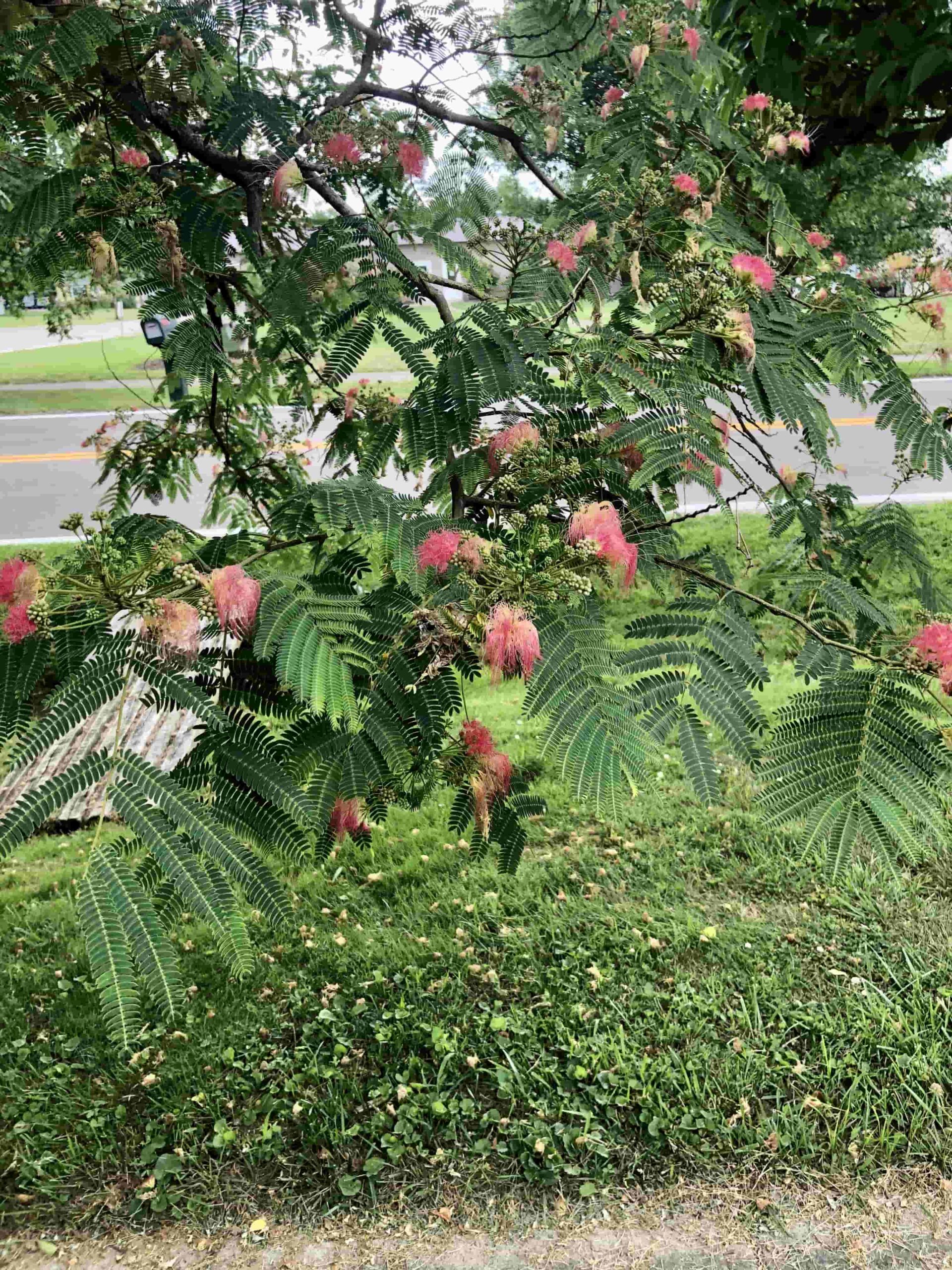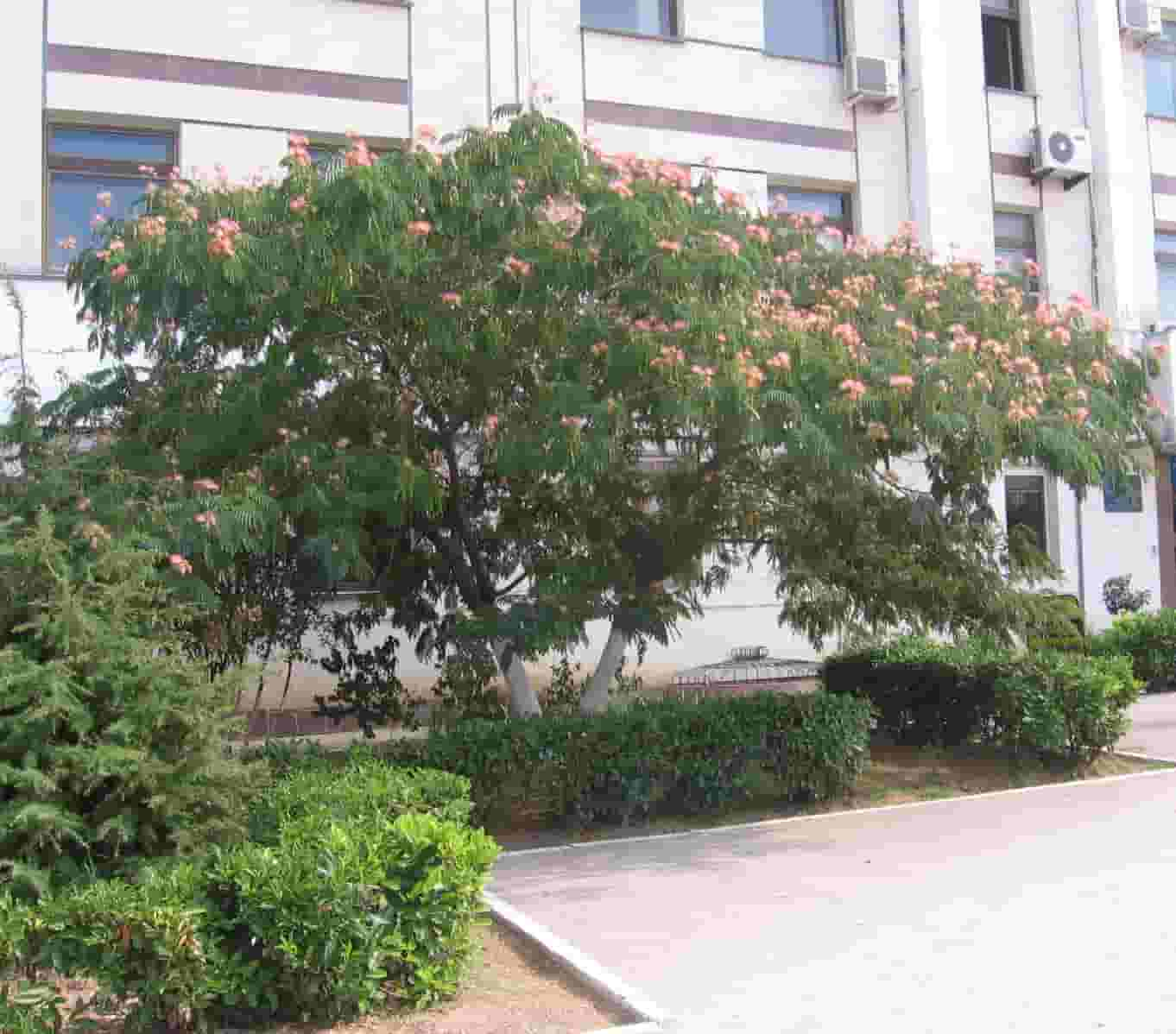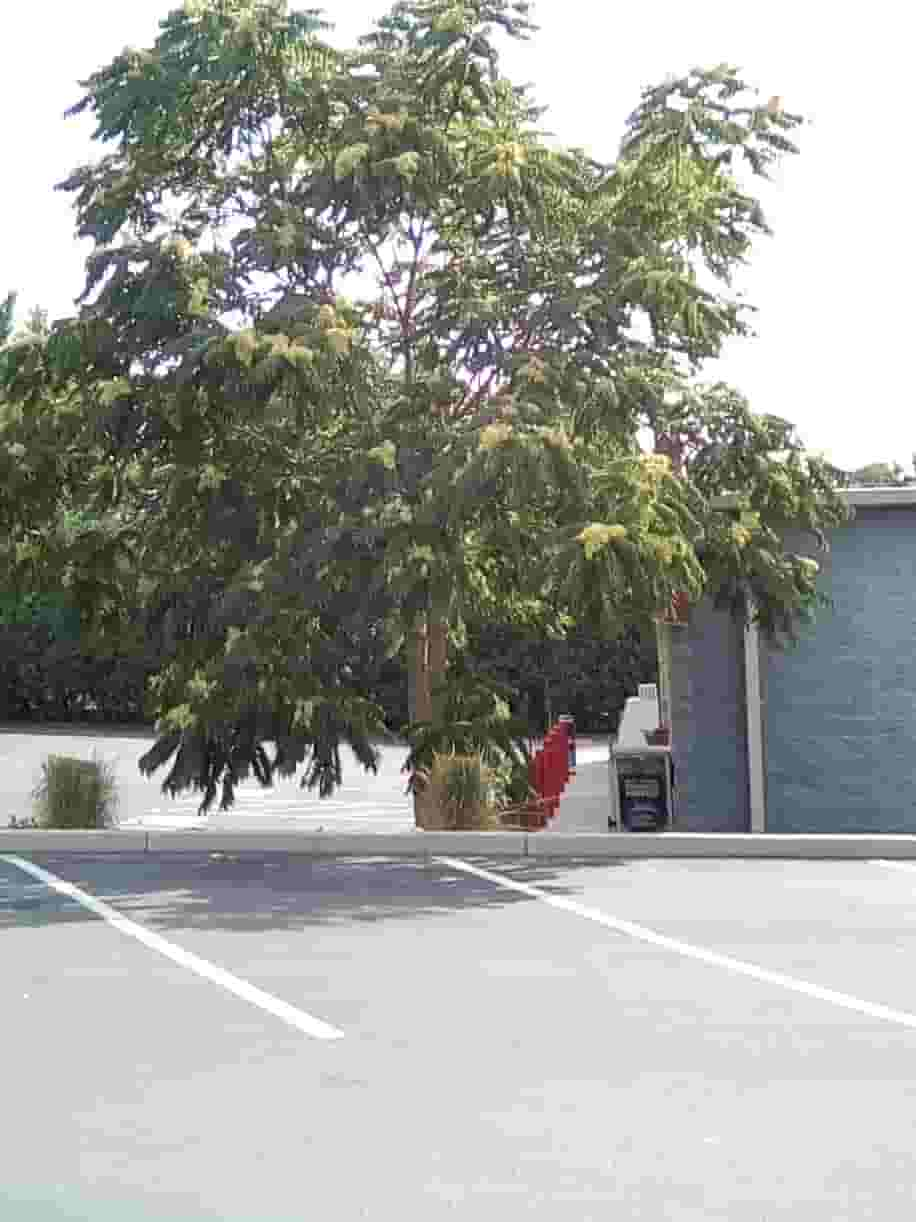Are you hoping to give your garden a little extra grace and beauty? Look no further than the Mimosa tree. With its vibrant blooms and delicate fern-like foliage, this tree is a popular choice among garden enthusiasts. In this article, we will explore the various aspects of the Mimosa tree, including its characteristics, cultivation tips, and the benefits it offers to your outdoor space.
Introduction
The Mimosa tree, scientifically known as Albizia julibrissin, is a deciduous tree that belongs to the legume family. It is native to Asia and has gained popularity around the world for its exceptional beauty and unique characteristics. Let’s delve into the details of this stunning tree.
Characteristics of the Mimosa Tree

This tree is known for its graceful appearance and striking features. Here are some key characteristics of the Mimosa tree:
Appearance
This normally grows from 20 to 40 feet tall and from 20 to 35 feet wide. It has a broad canopy that resembles an umbrella, and it has thin, fern-like leaves that give it a light, airy appearance. The leaves of the tree have a feathery appearance because they are bipinnately compound, or divided into little leaflets.
Flowers
One of the most captivating features of the Mimosa tree is its vibrant and fragrant flowers. The tree produces fluffy, pink or white pom-pom-like flowers that bloom in clusters during the summer months. These beautiful blossoms not only add visual appeal but also attract butterflies, bees, and other pollinators to your garden.
Bark and Fruits
The bark of the Mimosa tree is smooth and grayish-brown, providing an interesting contrast to its feathery foliage. As for fruits, this tree produces flattened seed pods that are dark brown or black in color. These pods add an additional decorative element to the tree, enhancing its overall allure.
Cultivation and Planting
This tree thrives in warm and subtropical climates. Here are some guidelines to consider when cultivating and planting a Mimosa tree:
Climate and Soil Requirements
This tree may tolerate little shade but prefers full sun exposure. It can be used in loamy, sandy, and clay soils, among other types of soil. However, waterlogging can be harmful to the health of the tree and must be avoided with well-draining soil.
Planting Process
Dig a hole two times as big as the root ball before planting a mimosa tree. Make sure the top of the root ball lines up with the ground before inserting the tree into the hole. To get rid of any air pockets, carefully press the soil into the hole. After planting, give the tree sufficient water to encourage root development.
Watering and Fertilization
During the first year of growth, it is important to keep this tree well-watered. Provide regular irrigation, especially during dry spells, to help the tree establish a strong root system. Additionally, apply a balanced fertilizer in early spring to support healthy growth and blooming.
Pruning and Maintenance

This tree requires regular pruning to stay healthy and keep its shape. To keep your mimosa tree in top shape, follow these pruning recommendations:
Pruning Young Trees
In the early stages of growth, focus on training the tree’s structure by removing any competing or crossing branches. This will encourage a well-balanced framework and prevent future issues.
Pruning Mature Trees
As the tree matures, periodic pruning becomes necessary to remove dead, damaged, or diseased branches. Additionally, thinning out the canopy will improve air circulation and reduce the risk of fungal diseases.
Pests and Diseases
While the Mimosa tree is generally resilient, it can be susceptible to certain pests and diseases. Here are a few typical problems to be aware of:
Pests
The Mimosa webworm and Mimosa borer are two pests that can affect the health of the tree. Regular inspections and early detection are crucial for effective pest control. If infestations occur, appropriate insecticides or biological controls can be applied.
Diseases
The Mimosa wilt disease, caused by a soil-borne fungus, can be a significant threat to these trees. Signs of wilt include yellowing leaves, leaf drop, and dieback of branches. Prompt removal and destruction of infected trees can help prevent the spread of the disease.
Benefits of Having a Mimosa Tree
Aside from its aesthetic appeal, the this tree offers several benefits to your garden and the environment. Here are a few advantages of having a Mimosa tree:
- Shade and Privacy: The wide canopy of the Mimosa tree provides excellent shade, making it a perfect addition to your outdoor living spaces. It serves as an organic privacy screen, too.
- Wildlife Attraction: The vibrant flowers of the this tree attract various pollinators, including butterflies and bees, contributing to the overall biodiversity of your garden.
- Nitrogen Fixation: The Mimosa tree has the ability to fix nitrogen in the soil, enhancing its fertility. This can benefit neighboring plants and promote healthier growth.
- Soil Erosion Control: The extensive root system of this tree helps stabilize the soil, making it a valuable asset in erosion-prone areas.
Varieties of Mimosa Trees
Several cultivars and varieties of Mimosa trees are available, each with its unique features and growth habits. Here are some popular ones:
- Albizia julibrissin ‘Rosea’: This variety has pink flowers and is known for its cold hardiness.
- Albizia julibrissin ‘Boubri’: Commonly referred to as the “Summer Chocolate” Mimosa, it offers attractive bronze foliage and pink flowers.
- Albizia julibrissin ‘Mimosa Tree’: This is the classic Mimosa tree, featuring pink or white flowers and fern-like leaves.
Conclusion
In conclusion, the Mimosa tree is a remarkable addition to any garden, providing a blend of beauty, elegance, and environmental benefits. Its vibrant flowers, delicate foliage, and ability to attract pollinators make it a captivating choice for garden enthusiasts. By following the cultivation tips and maintenance guidelines outlined in this article, you can enjoy the presence of a flourishing Mimosa tree in your outdoor space.
Frequently Asked Questions (FAQs)
Q: How fast does a Mimosa tree grow?
A: These trees have a moderate growth rate and can reach a height of 20 to 40 feet within a few years.
Q: Can I grow a Mimosa tree in a container?
A: While it is possible to grow this tree in a container, it requires regular maintenance and attention to ensure proper growth.
Q: Are Mimosa trees invasive?
A: In some regions, Mimosa trees have been classified as invasive species. It is important to check with local authorities before planting them.
Q: Do Mimosa trees attract hummingbirds?
A: Although hummingbirds are not the primary pollinators of these trees, they may visit the flowers in search of nectar.
Q: Can I propagate a Mimosa tree from seeds?
A: Yes, Mimosa trees can be propagated from seeds. Collect mature seed pods and sow them in well-draining soil during the spring.

